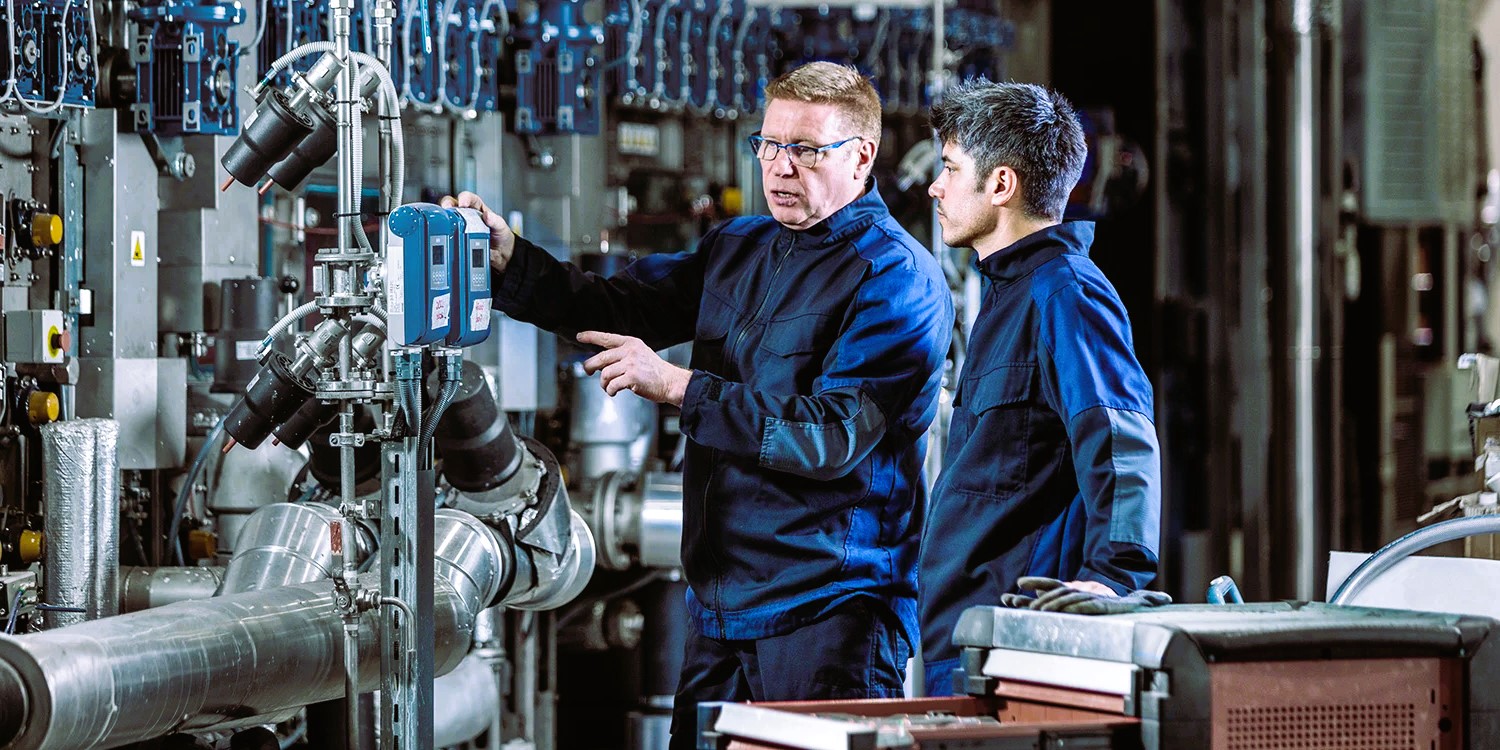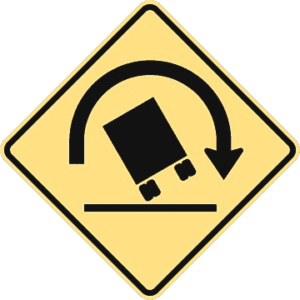
How to Conduct a Thorough Risk Assessment for Production Testing
BlogIn the complex realm of manufacturing, where precision and quality are non-negotiable, conducting a thorough risk assessment for production testing is a critical step. A robust risk assessment not only identifies potential pitfalls in the testing process but also allows manufacturers to implement preventive measures, ensuring the reliability of products. In this article, we will explore the key steps and considerations in conducting a comprehensive risk assessment for production testing.
Understanding the Importance of Risk Assessment:
Before delving into the specifics, it’s crucial to understand why a risk assessment is indispensable in the context of production testing. Production testing involves intricate processes and technologies, and any oversight or miscalculation can lead to defects, delays, and increased costs. A well-executed risk assessment serves as a preemptive strategy to identify, evaluate, and mitigate potential risks, safeguarding the overall integrity of the testing process.
1. Define the Scope and Objectives:
The first step in conducting a thorough risk assessment is to define the scope and objectives. Clearly articulate the goals of the production testing process and identify the specific areas, components, or stages that will be subjected to testing. This clarity is essential for focusing the risk assessment on relevant aspects of the production line.
2. Identify Potential Risks:
Systematically identify potential risks associated with the production testing process. These risks may include equipment malfunction, human error, inadequate testing protocols, environmental factors, or even external factors such as supply chain disruptions. Engage cross-functional teams, including engineers, technicians, and quality assurance professionals, to ensure a comprehensive perspective on potential risks.
3. Assess the Likelihood and Impact:
Once potential risks are identified, assess the likelihood of each risk occurring and the potential impact on the testing process and final product. Use a risk matrix or similar tool to categorize risks based on their likelihood and impact. This step helps prioritize risks and allocate resources effectively to address the most critical ones.
4. Implement Preventive Measures:
Based on the assessment of risks, develop and implement preventive measures to mitigate or eliminate potential issues. This may involve enhancing equipment maintenance procedures, implementing redundant testing protocols, providing additional training for personnel, or establishing contingency plans for unexpected events. The goal is to proactively address risks before they materialize.
5. Monitor and Review:

Risk assessment is an ongoing process that requires continuous monitoring and periodic reviews. Establish mechanisms to monitor the effectiveness of preventive measures and update the risk assessment as needed. Regular reviews ensure that the risk assessment remains aligned with changes in technology, processes, or external factors that may impact production testing. Quality control and production testing, more details in the article about understanding the differences.
6. Documentation and Communication:
Document the entire risk assessment process, including identified risks, assessment outcomes, preventive measures, and monitoring mechanisms. Clear documentation serves as a reference for future assessments and provides transparency for stakeholders. Additionally, communicate the results of the risk assessment to relevant teams and ensure that everyone involved in the production testing process is aware of the identified risks and preventive measures.
Linking to Standards:
Adherence to industry standards is integral to a comprehensive risk assessment process. Standards provide guidelines and benchmarks for quality assurance, and incorporating them into the risk assessment ensures that the testing process aligns with global best practices. For more information on standards in Canada, you can refer to authoritative sources such as Wikipedia.
Conclusion: Ensuring Resilience in Production Testing
In the ever-evolving landscape of manufacturing, the ability to conduct a thorough risk assessment for production testing is a key factor in ensuring the resilience and reliability of the testing process. By systematically identifying, assessing, and mitigating potential risks, manufacturers can navigate the complexities of production testing with confidence. Continuous monitoring and adherence to industry standards further contribute to the effectiveness of the risk assessment process, positioning manufacturers for success in delivering high-quality products to the market.
Recent Posts
- The Role of Data Analytics in Optimizing Production Testing Processes
- Measuring Success: Key Performance Indicators for Production Testing
- The Interplay Between Production Testing and Continuous Improvement
- The Importance of Training and Skill Development in Production Testing Teams
- Strategies for Minimizing Downtime During Production Testing

